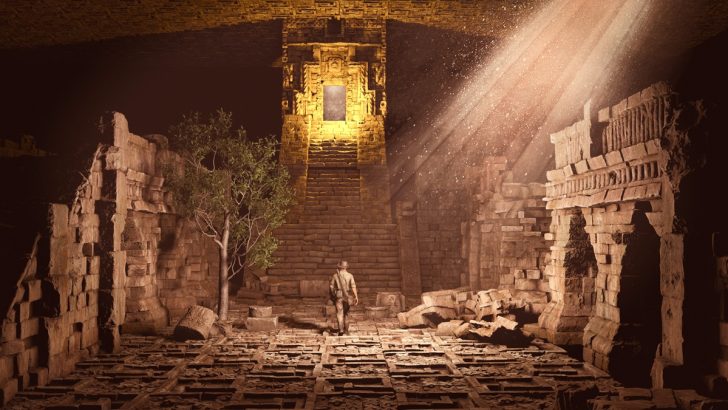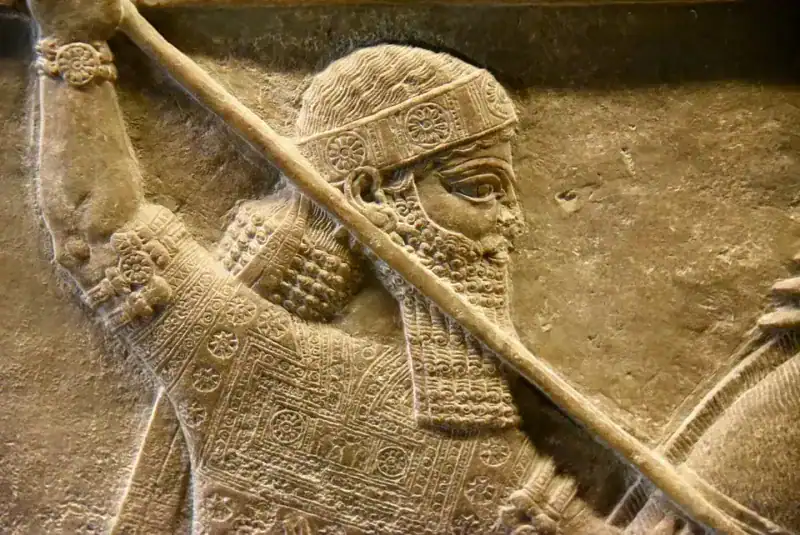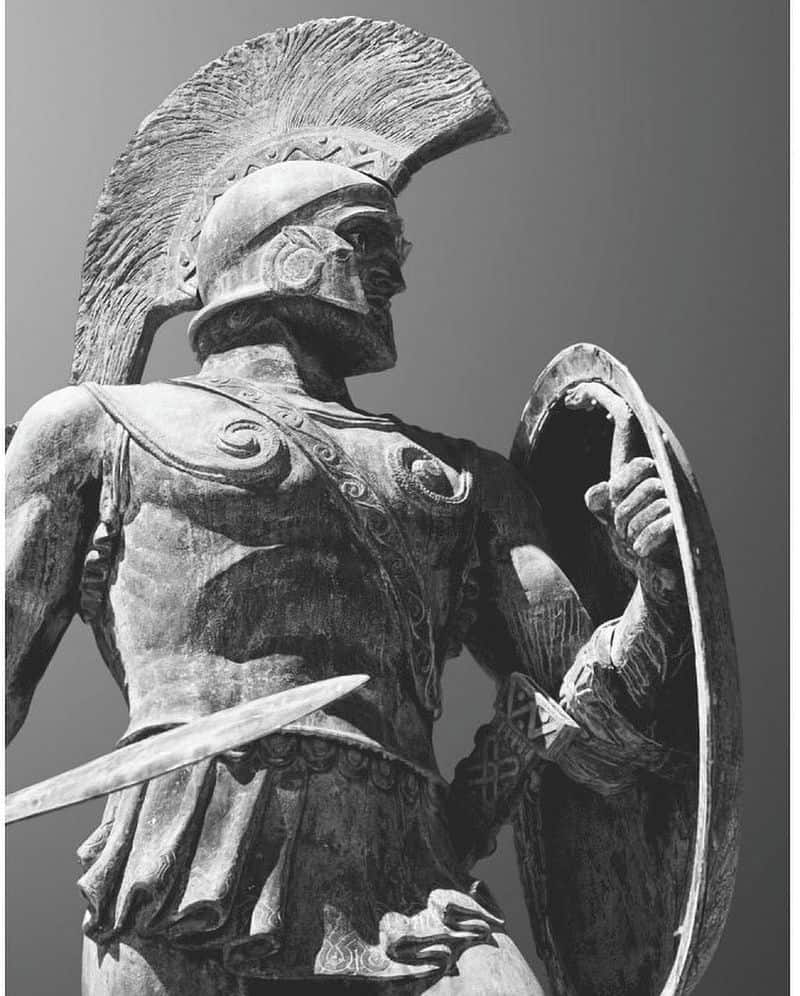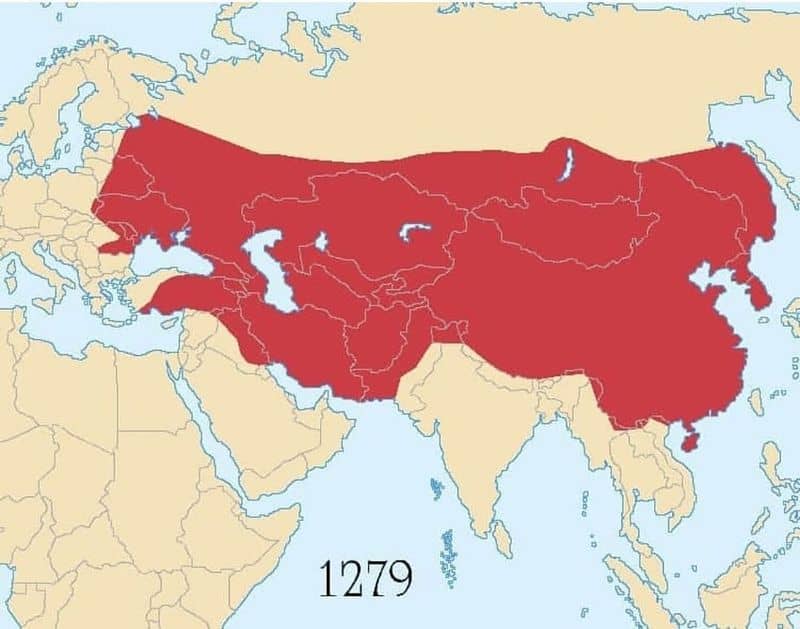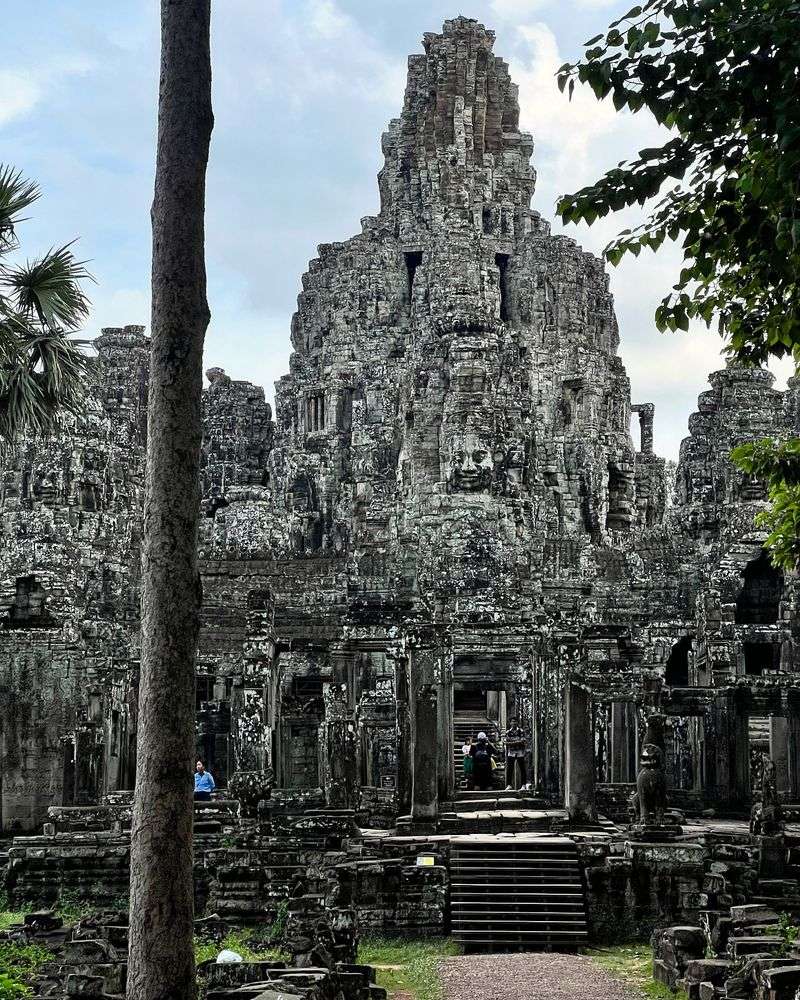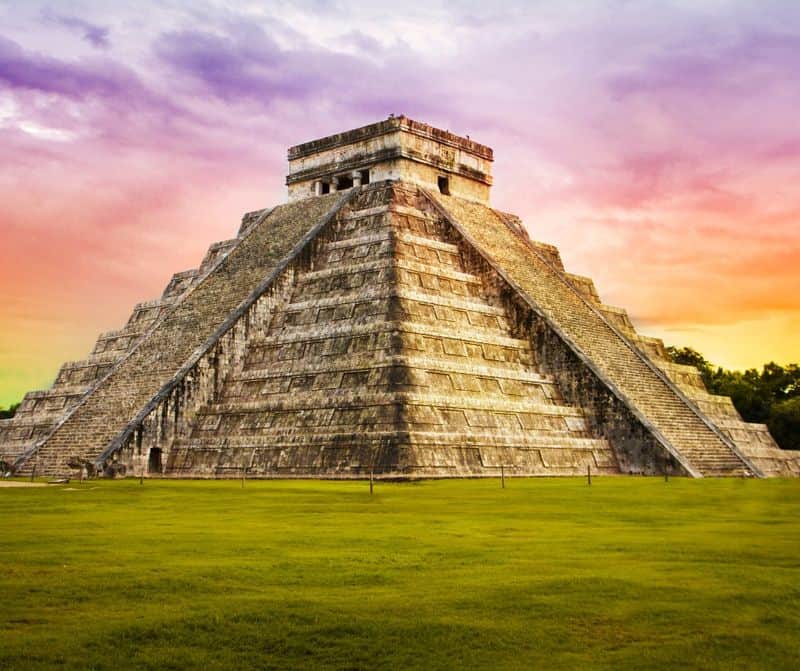Ever wonder what life was really like thousands of years ago? While history books often highlight the achievements of ancient civilizations, many had dark sides that would make living there pretty awful.
From brutal punishments to scary religious practices, these societies weren’t exactly vacation spots.
Let’s explore some ancient civilizations where you definitely wouldn’t want to get stuck in a time machine accident!
1. Blood-Soaked Aztec Empire
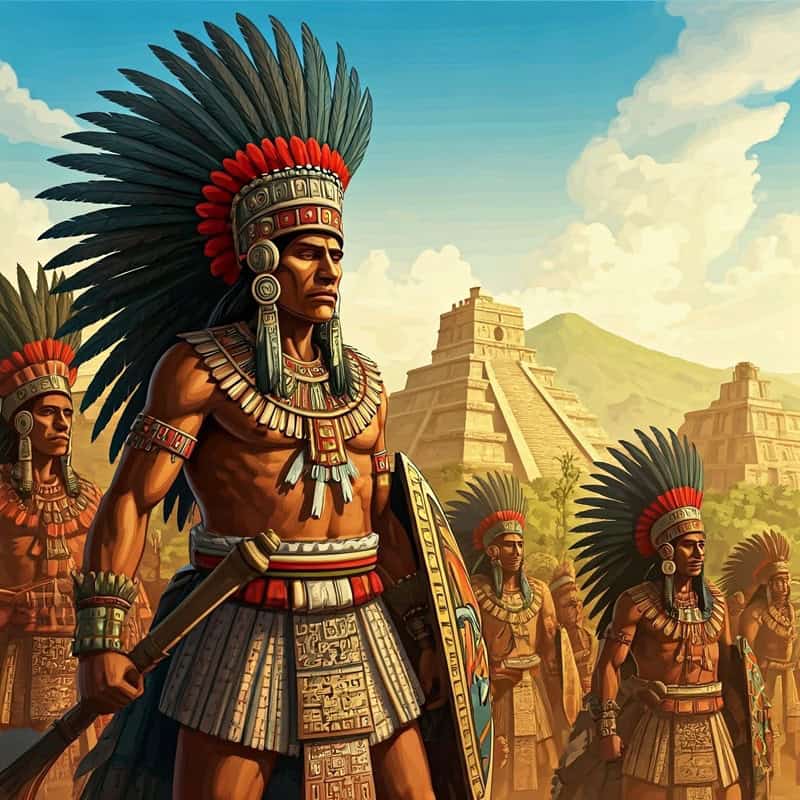
Human sacrifice was just a normal Tuesday in Aztec society. Priests would cut out beating hearts atop massive pyramids while crowds watched below. Not exactly a fun day at the park!
The rigid social hierarchy meant that if you weren’t born noble, you’d likely spend your life as a commoner or even a slave with few rights. Criminals faced horrific punishments including being skinned alive or having limbs amputated.
Even everyday life involved blood offerings. You might need to pierce your tongue, ears, or other body parts to offer your own blood to hungry gods who demanded regular payment.
2. Merciless Qin Dynasty China
Emperor Qin Shi Huang didn’t mess around. Speak against him? You might find yourself buried alive along with your entire family. The notorious First Emperor unified China through brutal force and created laws so harsh that minor crimes meant death.
Forced labor built the Great Wall and the Emperor’s massive tomb complex. Thousands died during these construction projects, their bodies simply incorporated into the structures they were building.
The tomb itself was reportedly surrounded by rivers of mercury and booby-trapped with automatic crossbows to kill grave robbers. Even in death, the Emperor wanted to ensure maximum suffering for his enemies.
3. Brutally Efficient Assyrian Empire
The Assyrians turned cruelty into an art form. Their military campaigns weren’t just about conquest—they were about sending a message through terror. Royal inscriptions proudly described flaying enemies alive and decorating city walls with their skins.
Kings bragged about building pyramids of human heads outside conquered cities. Massive stone reliefs showing these tortures adorned palace walls as propaganda to intimidate visitors and remind subjects of the consequences of rebellion.
Mass deportations tore families apart as conquered peoples were scattered across the empire. Skilled craftsmen were forced to build lavish palaces while their families starved or were enslaved elsewhere.
4. Relentlessly Harsh Sparta
Born weak or deformed in Sparta? Sorry, but you’d be tossed off a cliff as an infant. The infamous examination of newborns meant only the strongest survived their first day of life.
Boys were taken from their mothers at age seven and thrown into the brutal agoge training system. They were deliberately underfed to encourage stealing (a survival skill), but severely beaten if caught. Winter meant sleeping outdoors with only a thin cloak, regardless of freezing temperatures.
Women had more rights than in other Greek states but still lived in a militarized society where their primary value was producing strong soldiers. Everyone’s life revolved around maintaining Sparta’s fearsome fighting force.
5. Unstable Late Roman Empire
Emperors like Nero and Commodus turned Rome into a playground for their twisted amusements while citizens suffered. One day you might be a respected merchant; the next, your property could be seized because someone whispered you weren’t loyal to the emperor.
Public health was a nightmare with sewage in the streets and frequent plagues. Without modern medicine, even minor injuries could turn deadly, and dental problems meant excruciating pain with no real treatment options.
The Colosseum’s famous games weren’t just entertainment—they normalized extreme violence. Criminals and prisoners of war faced execution as public spectacle, torn apart by wild animals for the crowd’s amusement.
6. Terrifying Mongol Conquest
The approach of Mongol armies meant one thing: surrender immediately or face annihilation. Genghis Khan’s forces weren’t just conquerors—they were experts at psychological warfare who built mountains of skulls outside resistant cities.
Entire populations were massacred so thoroughly that some regions took centuries to recover their pre-Mongol population levels. Survivors faced slavery or forced military service in future campaigns against their neighbors.
Even peaceful surrender didn’t guarantee safety. The Mongols often used captured civilians as human shields in subsequent battles or forced them to march ahead of armies to trigger traps and exhaust enemy arrows before the real attack began.
7. Child-Sacrificing Phoenicians
Archaeological evidence at Carthage has revealed the disturbing truth: thousands of urns containing the cremated remains of children. The Phoenicians practiced child sacrifice to appease their gods, especially during times of crisis like droughts or military threats.
What makes this particularly chilling is that noble families weren’t exempt—in fact, they were expected to offer their own children first. Imagine living in a society where your parents might decide the gods needed your life more than you did!
The ritual involved placing the child on the arms of a bronze statue with outstretched hands. When the arms were tilted, the child would roll into a blazing fire below while drums drowned out their screams.
8. Regimented Inca Empire
Freedom wasn’t part of the Inca vocabulary. The empire functioned like a massive machine with every person assigned specific roles and tasks by government officials. You couldn’t choose your job, spouse, or even where you lived—the state decided everything.
The mit’a labor system required all able-bodied men to perform months of backbreaking work for the empire each year. This might mean mining in dangerous conditions, building roads across impossible mountain terrain, or constructing massive stone structures without modern tools.
Child sacrifice, called capacocha, saw beautiful children from throughout the empire drugged and left to freeze to death on mountain peaks as offerings to the gods. The “honor” of having your child selected was something parents couldn’t refuse.
9. Oppressive Khmer Empire
The magnificent temples of Angkor hide a dark history of human suffering. Building these massive structures required thousands of laborers working under brutal conditions. Many died during construction, crushed by stones or worked to exhaustion in the tropical heat.
The empire’s rigid caste system meant most people were born into servitude with no hope of advancement. Slaves were considered property and could be bought, sold, or sacrificed according to their owner’s wishes.
Kings claimed divine status and demanded absolute obedience. Religious ceremonies included human sacrifices during temple dedications, with victims buried alive within foundations to “strengthen” the structures with their spirits—a terrifying fate for those selected.
10. War-Torn Maya City-States
Maya warfare wasn’t about territory—it was about capturing enemies for sacrifice and slavery. Elite warriors would raid neighboring cities specifically to take high-status prisoners whose blood would feed their gods.
Captives faced horrifying ends including heart extraction, decapitation, or being thrown into sacred cenotes (natural water pits) to drown. Even worse, victims were often kept alive and tortured for months before their final sacrifice to maximize the blood offering.
Environmental disasters like severe droughts led to desperate measures. Archaeological evidence shows increasing human sacrifices during these periods as people frantically tried to appease gods they believed were punishing them—creating a terrifying cycle of violence and fear.

